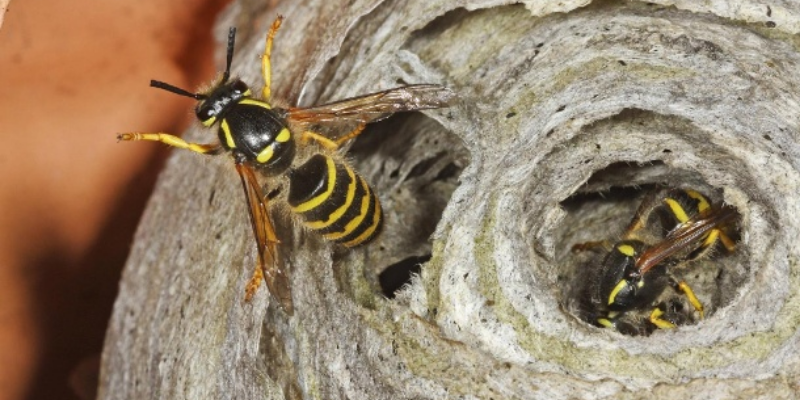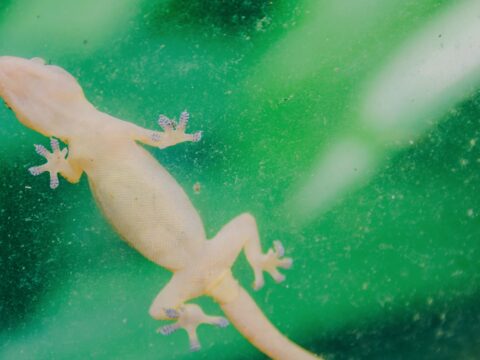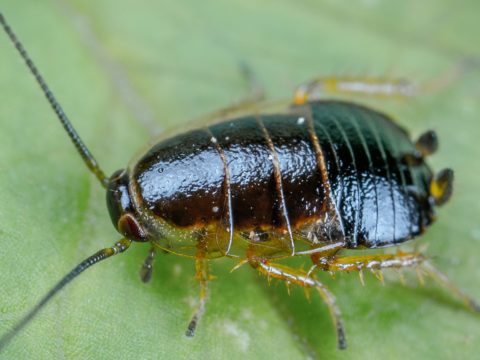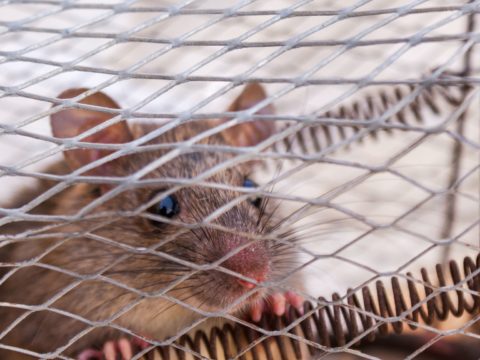Some Paper Wasps Do Stick Around in Winter – 3 ways to get rid of them

The Top 5 Invasive Species Threatening Your Home
December 27, 2019
Some Pests require regular infestation: Learn How Often Do Your Homes Need Pest Control?
January 14, 2020What are Paper Wasps?
Paper wasps are vespid wasps that collect fibers from dead wood and plant stalks which are mixed with saliva and are used to create waterproof nests made of grey or brown paper. Their shaped nests are often found hanging around doors and under roof eaves, under defensive surfaces.
Paper wasps make nests from plant materials and saliva, and it looks like it's made of paper, as the name suggests. They often hang under protective overhangs under doors, under roof eaves, as umbrella-shaped nests.
When looking for potential hibernating sites, paper wasps pass through little holes along the roofline. Once inside the wall or in hot attics, paper wasps are often concealed. They enter a state of diapause and suspend the coldest months of their growth. It ensures that homemakers are not likely to see them until Spring–unless the warmer weather is exceptional, the guys get triggered and are searching for an escape route that leads out to start a new nest.
Before the first hard freeze, the internal clock informs them the time to explore different shelters, which could be under logs, between deck floor joists, inside chimneys, behind sides or around windows and door frames.
How do they look like?
Paper wasps have long legs dangling behind them while they are soaring. They have brown bodies on their eyes, thoraxes, and abdomen with white markings. Paper wasps can be 0.5 to 1.5 cm long, although the majority are approximately 1 inch in diameter. These may be white, reddish-brown, or dark red, and some species have bright, yellow, and red stripes. They may not have soft bodies though, as opposed to bees.
Do They Cause Damage to Humans? Or Pets?
Wasps of paper can be dangerous at times. While they are not super aggressive if they are threatened, they will defend their nests. In some cases, their venom can cause a severe allergic reaction requiring immediate treatment. Go for paper wasps control solution whenever you feel unsafe or whenever you have paper wasps around. Go for a paper wasps control treatment immediately if paper wasps have bitten you. You can go for herbal pest control or pest cure solution to get rid of pest bite.
Three Ways to Get Rid of Paper Wasps:
To escape the weather, paper wasps might travel indoors. They may be involved in that space on milder days. Although other stinging insects do not appear to be problematical, paper wasps will feed on fruits damaged or ripened and on the sweet material such as honeydew made of aphid.
It is often difficult to get rid of paper wasps from your house. Contact paper wasp control service provider near your locality. Go for the best pest control services and always prefer eco-friendly pest control services because they have an ideal way to prevent potentially dangerous pests from your house.
It is impossible to prevent the nesting of paper wasps on your estate. By screening gaps along your house roofline, walls, windows, and doors, you will prevent them from creating nests inside.




